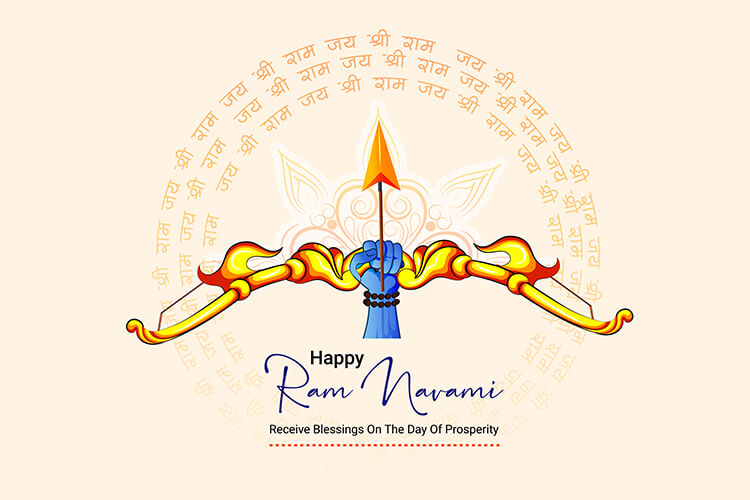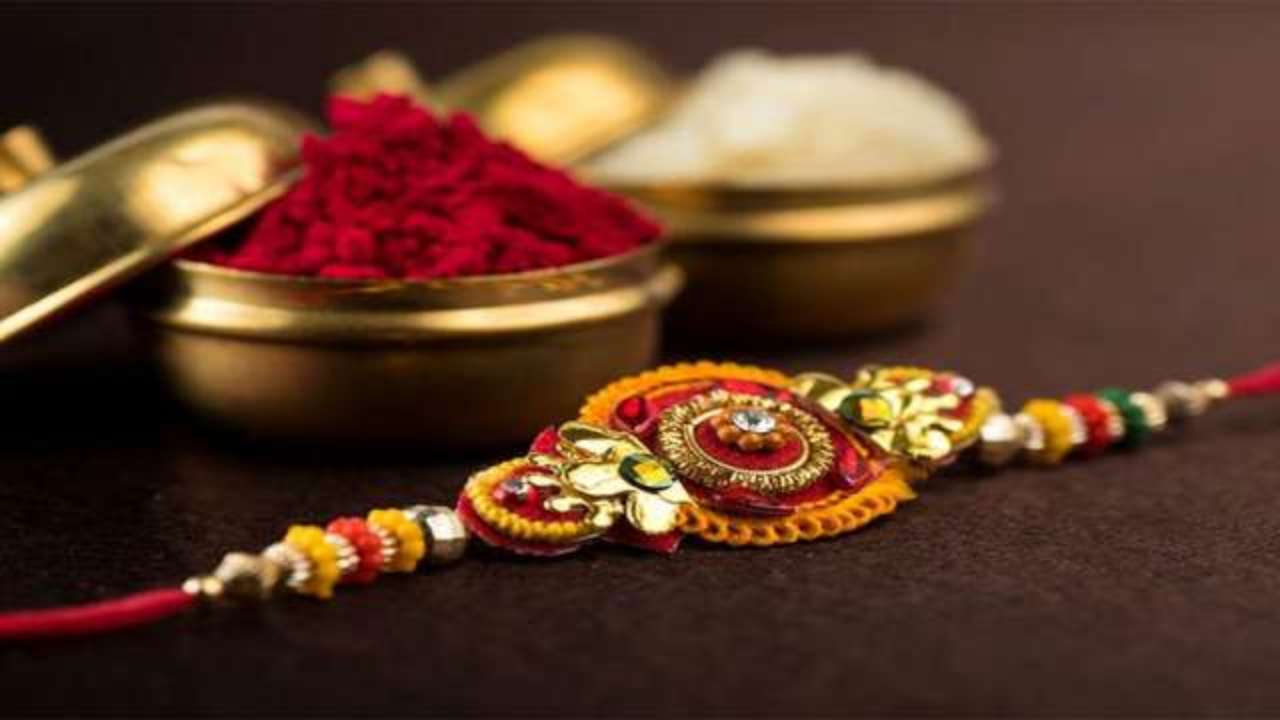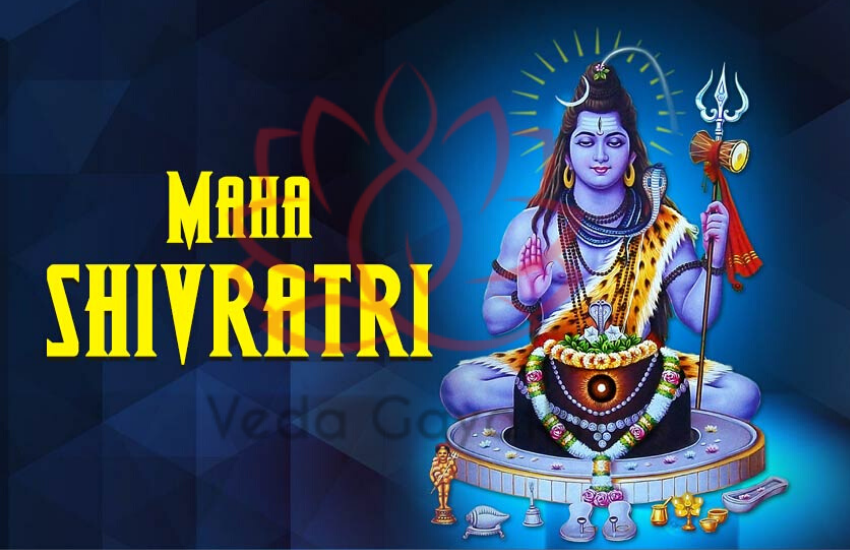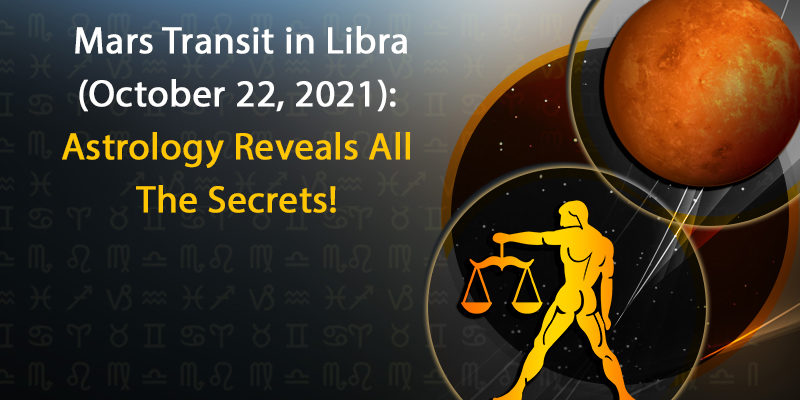Holi
Nov 13, 2021 | by Vaibhav Vyas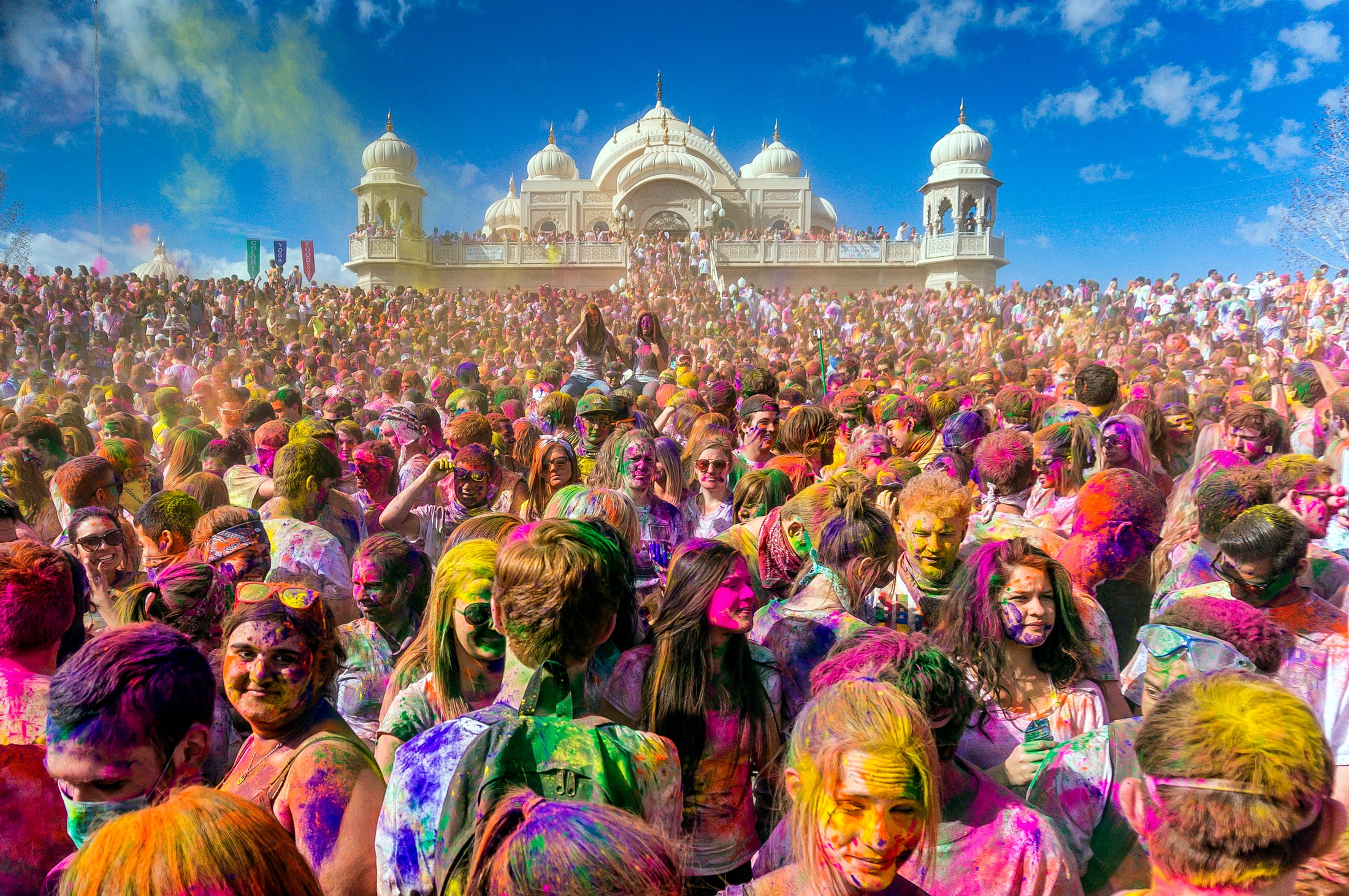
India is home to a wide variety of festivals, each of which is celebrated with much gusto. However, few are as exciting or as anticipated as Holi, the spring festival of colors. The fun holiday, observed annually on the last full moon day of Phalguna — the 12th and final month of the Hindu year — falls on March 29th this year.
Unlike the Holi-inspired "color runs," participants do not have to compete in five-or-ten-kilometer races prior to the celebrations. Instead, revelers simply take to the streets early in the morning, drenching strangers and friends alike with colored powder and water. The fun usually lasts till noon, after which the crowds head home or to nearby rivers and oceans for a quick rinse before settling down for a delicious feast and a much-needed siesta! While the COVID-19 pandemic restrictions will prevent the usual widespread outdoor celebrations this year, many will commemorate the event indoors at home, or in their backyards, with family members and close friends.
As with most Indian festivals, the myths associated with the centuries-old celebration differ across the country. One of the most popular folklores tells the story of Hiranyakashipu, the king of demons, who was unhappy with his young son Prahlada's devotion to Lord Vishnu — the protector of humanity. After all efforts to dissuade the young boy from worshipping Lord Vishnu failed, Hiranyakashipu asked his sister Holika for help. The heartless demon goddess, who possessed a magical shawl to protect her from flames, asked Prahlada to join her on a burning pyre.
However, as soon as Prahlada stepped into the fire, Holika's protective garment flew from her shoulders and encompassed the young boy. Soon after the demon goddess perished in the flames, Lord Vishnu appeared in the form of a half-man, half-lion and killed King Hiranyakashipu. The locals celebrated the victory of good over evil with colorful powder, and a fun tradition was born. To this day, many worshippers cleanse the air of evil spirits by igniting a bonfire on the eve of Holi.
As with most Indian festivals, the myths associated with the centuries-old celebration differ across the country. One of the most popular folklores tells the story of Hiranyakashipu, the king of demons, who was unhappy with his young son Prahlada's devotion to Lord Vishnu — the protector of humanity. After all efforts to dissuade the young boy from worshipping Lord Vishnu failed, Hiranyakashipu asked his sister Holika for help. The heartless demon goddess, who possessed a magical shawl to protect her from flames, asked Prahlada to join her on a burning pyre.
However, as soon as Prahlada stepped into the fire, Holika's protective garment flew from her shoulders and encompassed the young boy. Soon after the demon goddess perished in the flames, Lord Vishnu appeared in the form of a half-man, half-lion and killed King Hiranyakashipu. The locals celebrated the victory of good over evil with colorful powder, and a fun tradition was born. To this day, many worshippers cleanse the air of evil spirits by igniting a bonfire on the eve of Holi.
